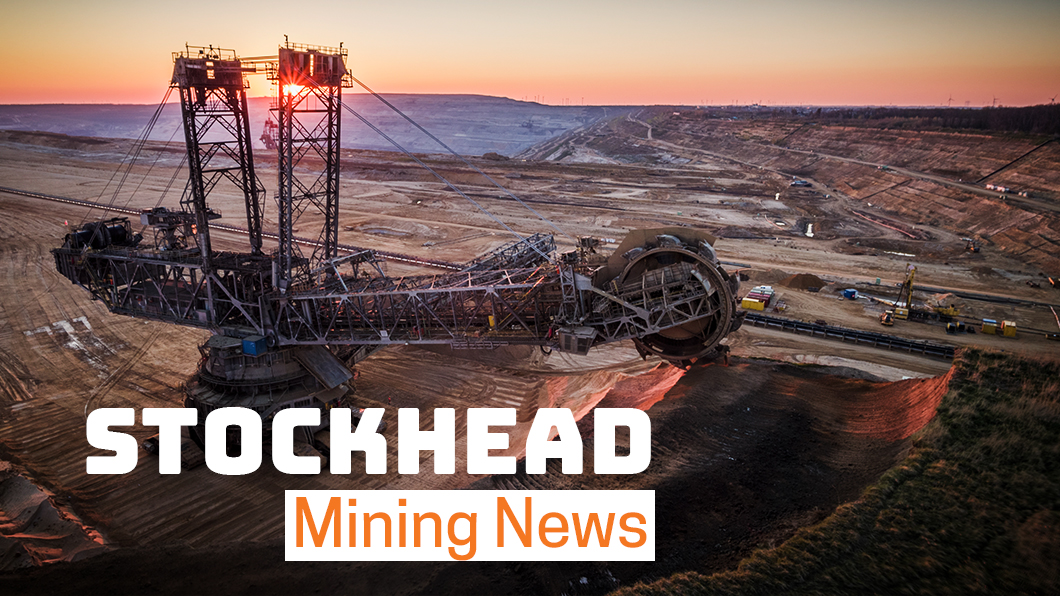Barry FitzGerald: The junior ‘sleeper’ in the booming iron ore market

Pic: Schroptschop / E+ via Getty Images
You would think that there wouldn’t be junior iron ore-magnetite “sleepers” out there on the ASX, such has been the impact of China’s V-shaped economic recovery on prices for the key steelmaking raw materials in recent months.
But while the market is switched on to what the price spike to levels twice what Canberra’s treasury boffins thought would be the case means for the Pilbara producers like Rio Tinto (ASX:RIO), BHP (ASX:BHP) and Fortescue (ASX:FMG), it has yet to act on what it means for the juniors.
That is bound to change the longer prices and demand remain at elevated levels and means that juniors holding potential development projects with street cred are in line for greater interest from investors looking for leveraged exposure to the upside.
One of the junior sleepers out there is Magnetite Mines (ASX:MGT), which last traded at the princely price of 0.3c a share for a market cap of $6.5m.
Magnetite Mines (ASX:MGT) share price chart
The tiny market cap is despite its ownership of the 3.9-billion-tonne Razorback magnetite project in South Australia.
Divide Magnetite’s market cap by 3.9 billion and you end up with an incredibly small amount for each tonne of resource.
That makes it a market sleeper, along with some other iron ore-magnetite juniors, in what is essentially a boom time in iron ore-magnetite markets.
But rather than wait to be swept higher by simply riding the commodity price thematic as most will, Magnetite has set out to capture market attention by seeking to radically improve the investment case for Razorback to take it into the development phase.
Watch out for newsflow from the company on two courses of action now underway to make Razorback all that more attractive as a long-life producer of high-grade and premium-priced magnetite concentrates.
The first is a look into how an ore sorting technology (NextOre) could dramatically increase the grade of material presented to the concentrator, while the second is a dive-in to remodelling the orebody to take advantage of its layered cake properties.
The so-called magnetic resonance ore sorting technology places a sensor over the convertor belt and controls a diverter which sends higher grade ore to the processing plant and lower grade material to the waste stream.
Disruptive tech savvy backer
NextOre underpins the non-binding farm-in deal announced in April under which the ore sorting trials will be funded by a special purpose vehicle backed by the disruptive technology savvy RFC Ambrian, as well as funding the preliminary feasibility study (PFS) into Razorback’s development.
The hope is that the trials confirm the technology can deliver a substantial increase in the head grade of plant feed (Razorback grades about 21 per cent iron), with all of the operating and capital efficiencies that implies. The same goes for the remodelling of the orebody.
The Braemar formation orebodies at Razorback are about 80-100m thick with the mineralisation occurring in layers.
Because all of the holes drilled at Razorback were geologically logged, Magnetite is able to now go back and begin correlating the higher grade layers across the orebody.
The key question is are the higher grade layers contiguous across the orebody? It is something the company has experts working on now.
It opens up the possibility that instead of mining the full 80-100m thick orebody, maybe just the best 40m section should be mined, with the higher grade material in line for another upgrade via the ore sorter.
As for the PFS study now underway on Razorback, Magnetite has said previously that it will focus on a staged development, ideally with kickers to a previous scoping study from the ore sorting and selective mining investigations.
Scoping studies being scoping studies under tighter ASX requirements nowadays, nothing could be said about the scale of what was being considered at the time. But you would have to think a good starting point would be 2-million-tonnes-per-annum.
That in itself would be a big deal for a $6.5m company, particularly on an ore sorting and selective mining enhanced basis.
Related Topics
UNLOCK INSIGHTS
Discover the untold stories of emerging ASX stocks.
Daily news and expert analysis, it's free to subscribe.
By proceeding, you confirm you understand that we handle personal information in accordance with our Privacy Policy.








